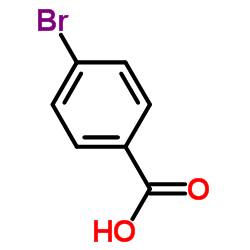| Structure | Name/CAS No. | Articles |
|---|---|---|
 |
4-Bromobenzoic acid
CAS:586-76-5 |
| Structure | Name/CAS No. | Articles |
|---|---|---|
 |
4-Bromobenzoic acid
CAS:586-76-5 |